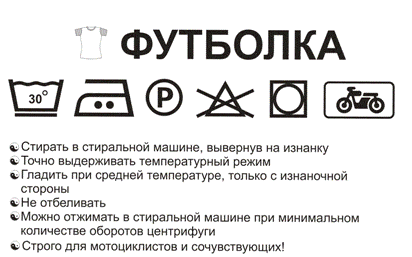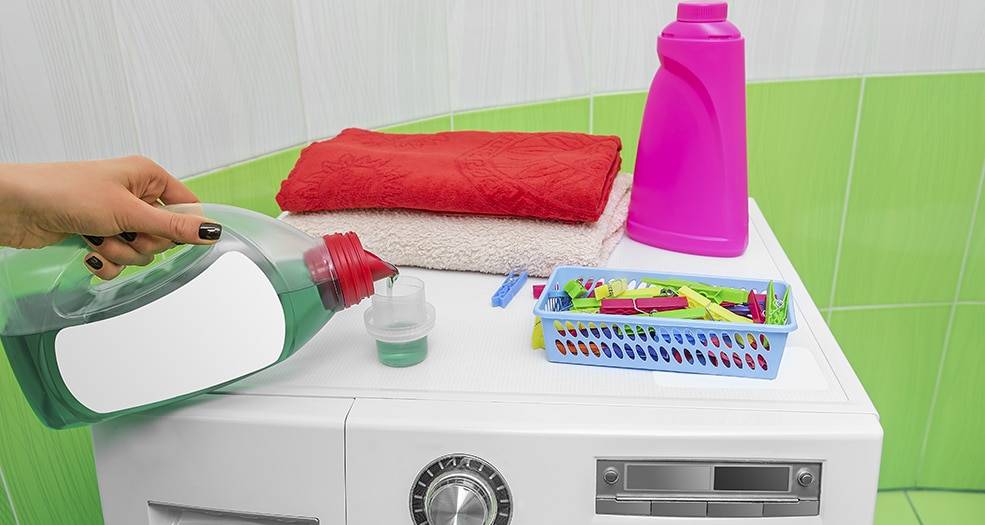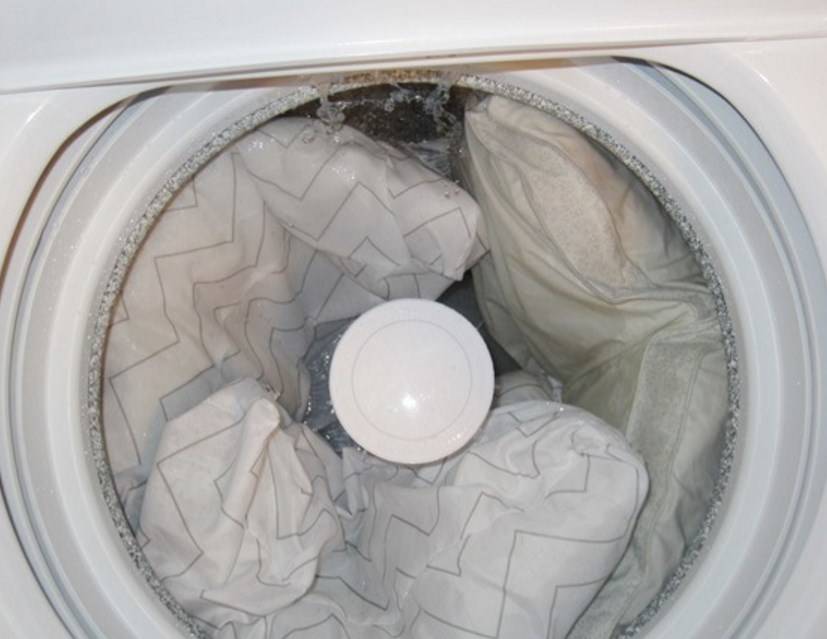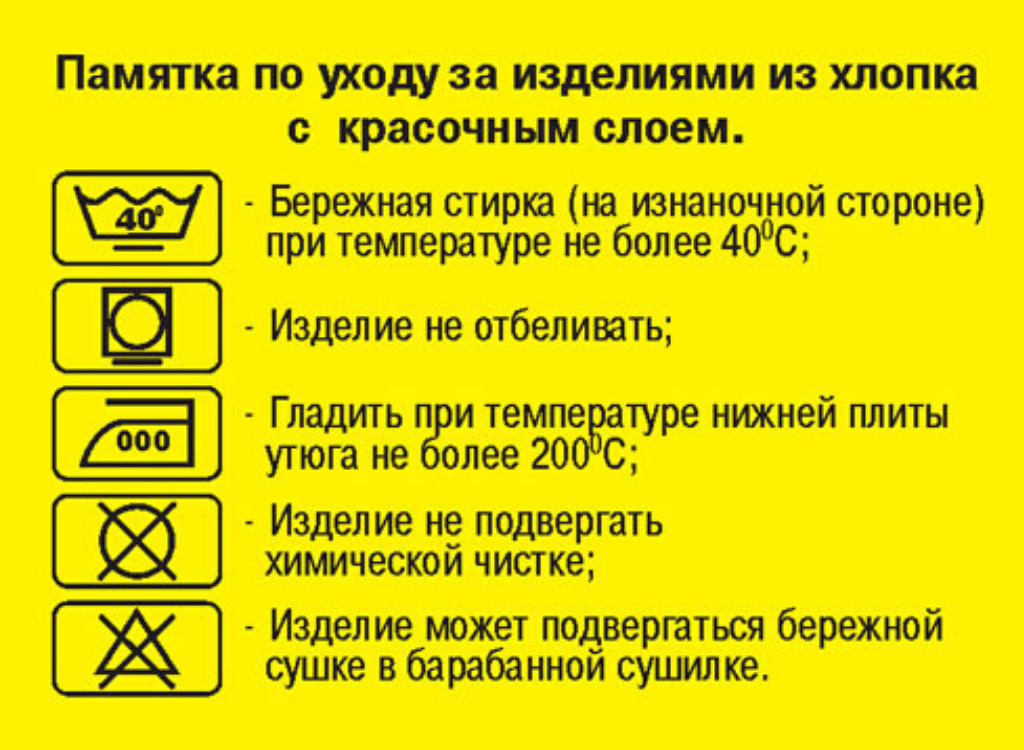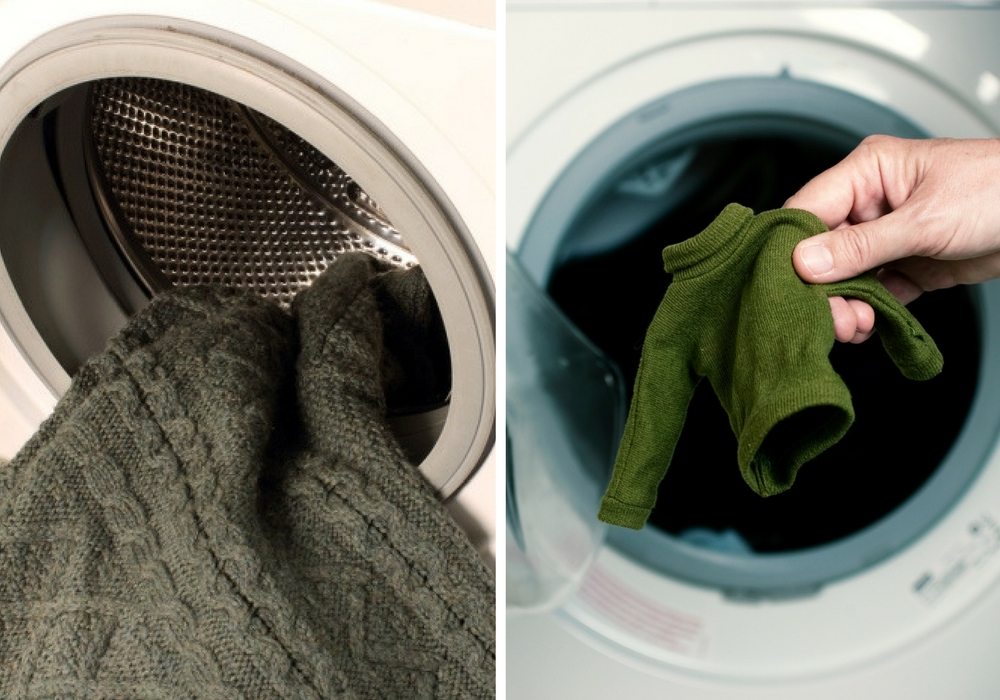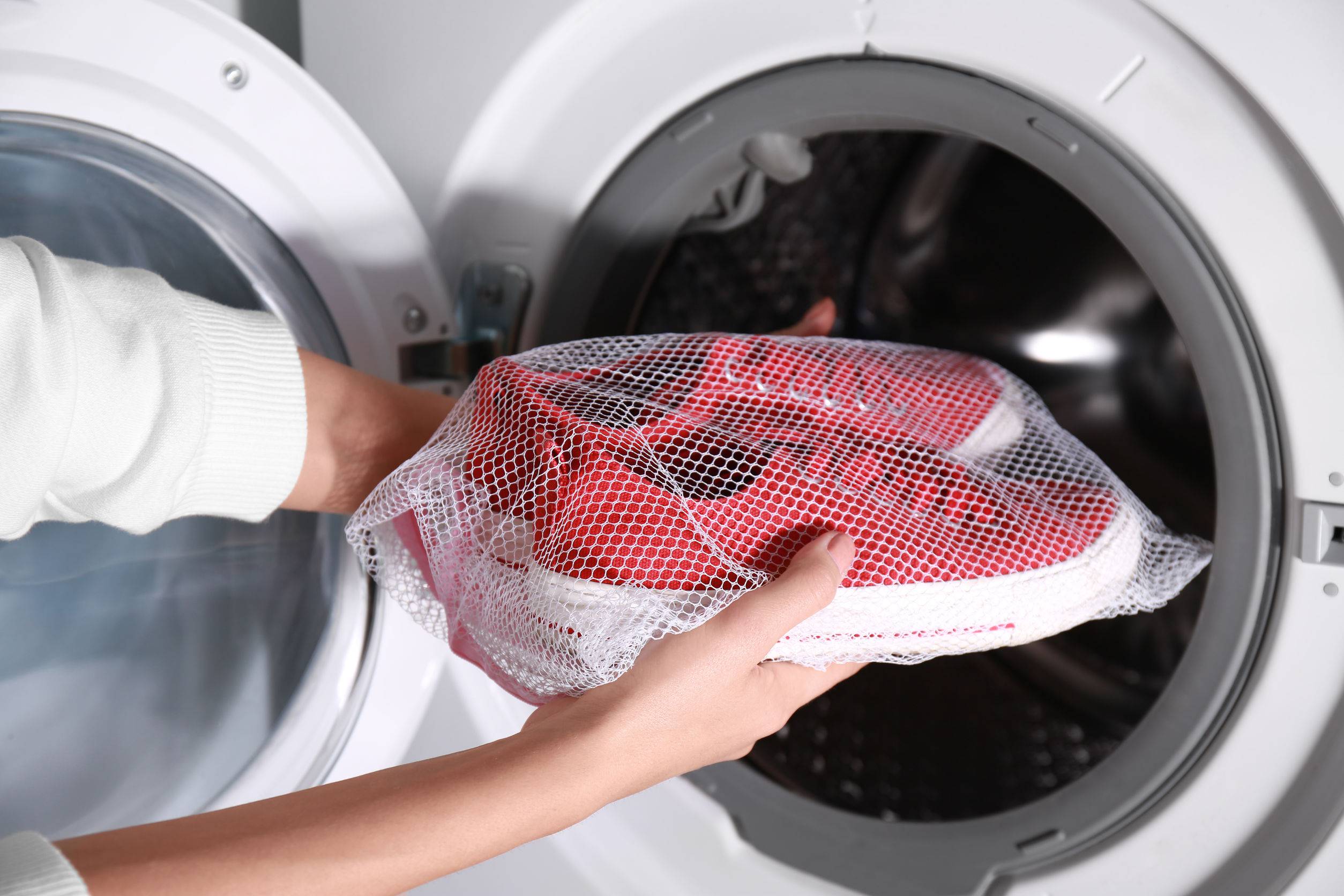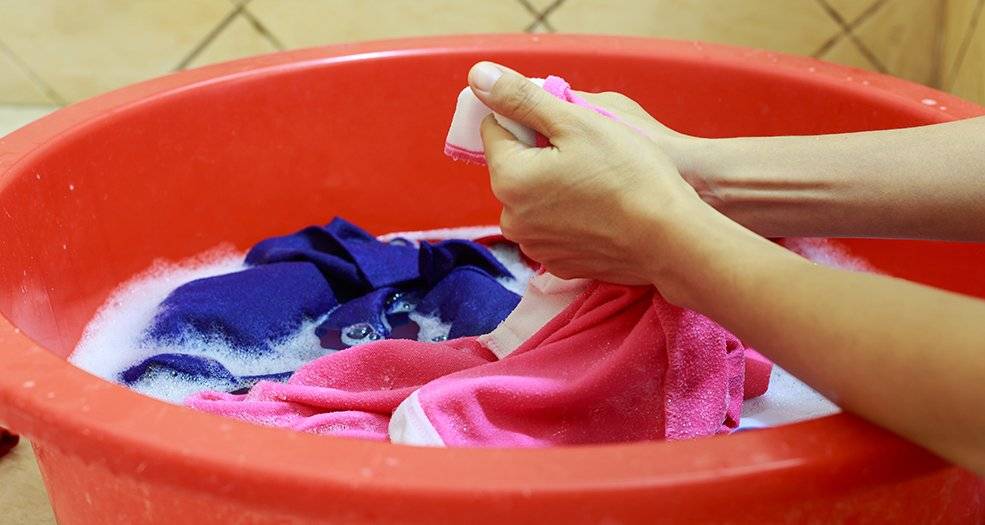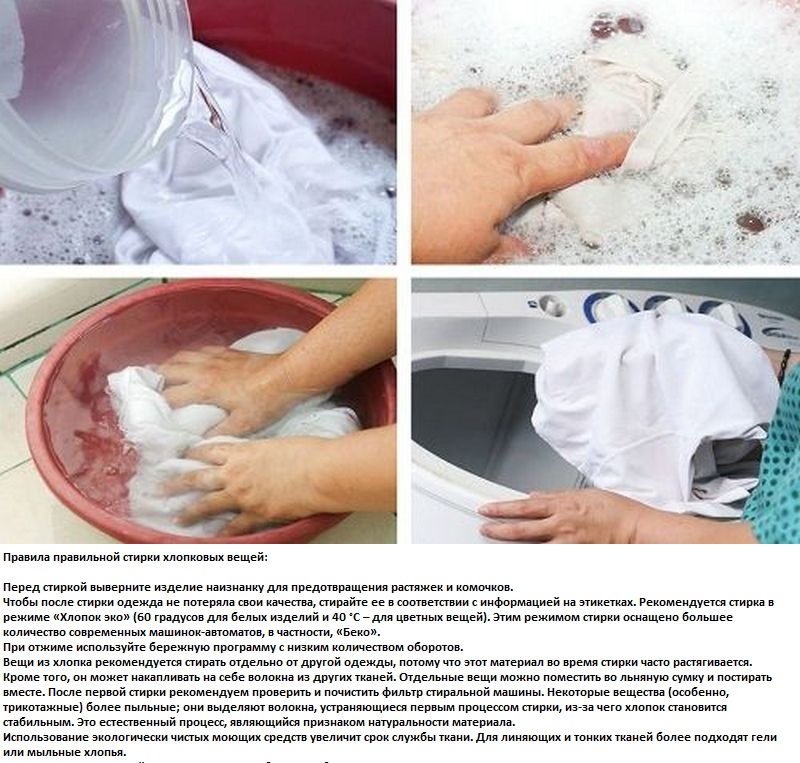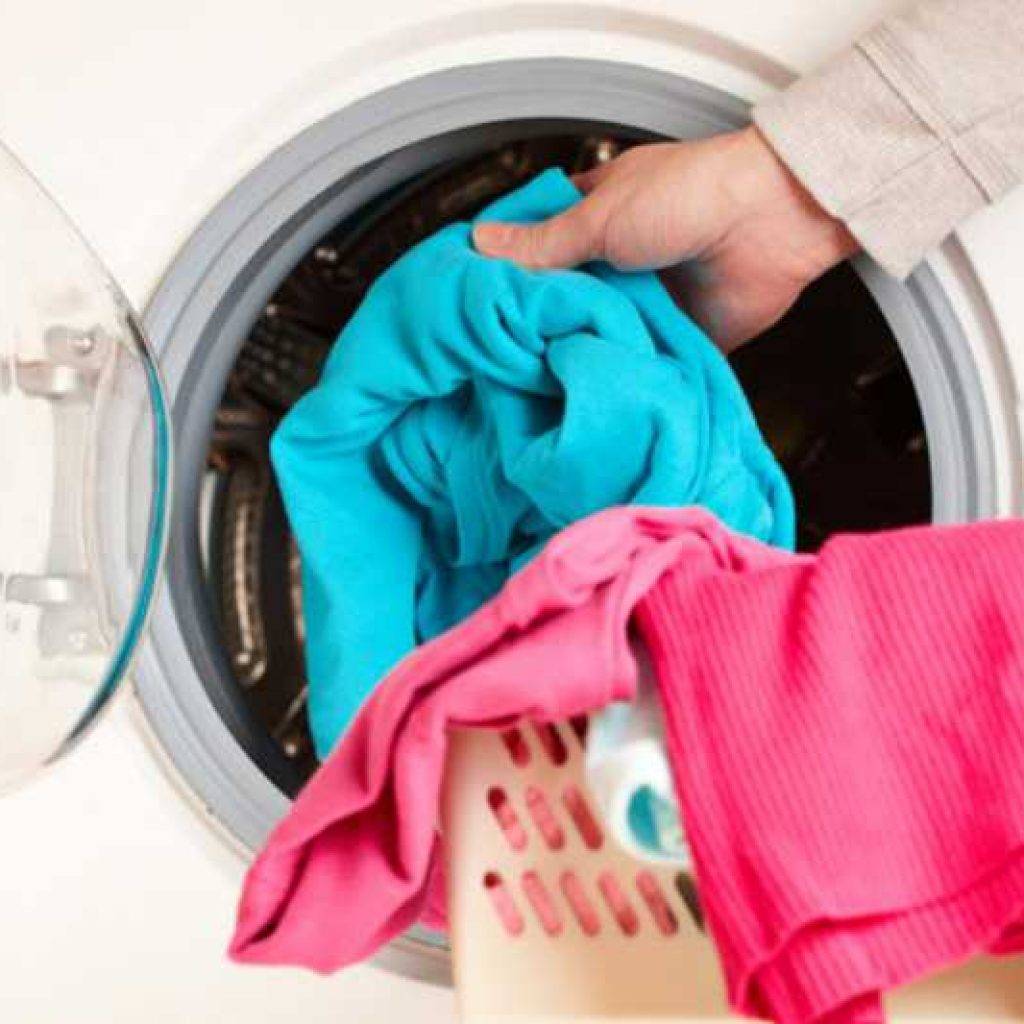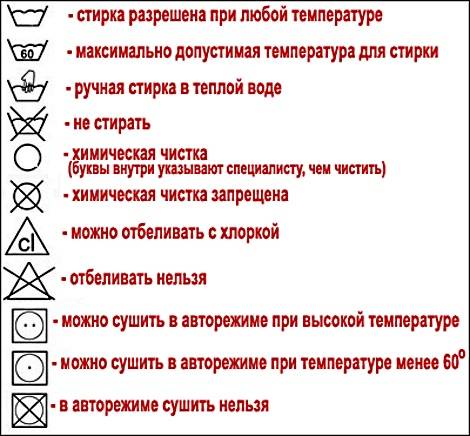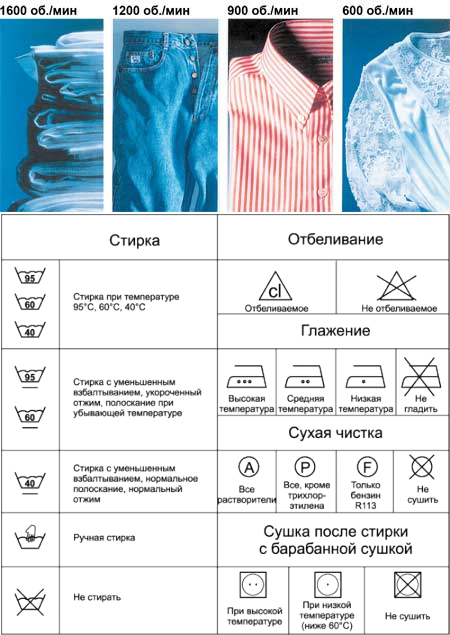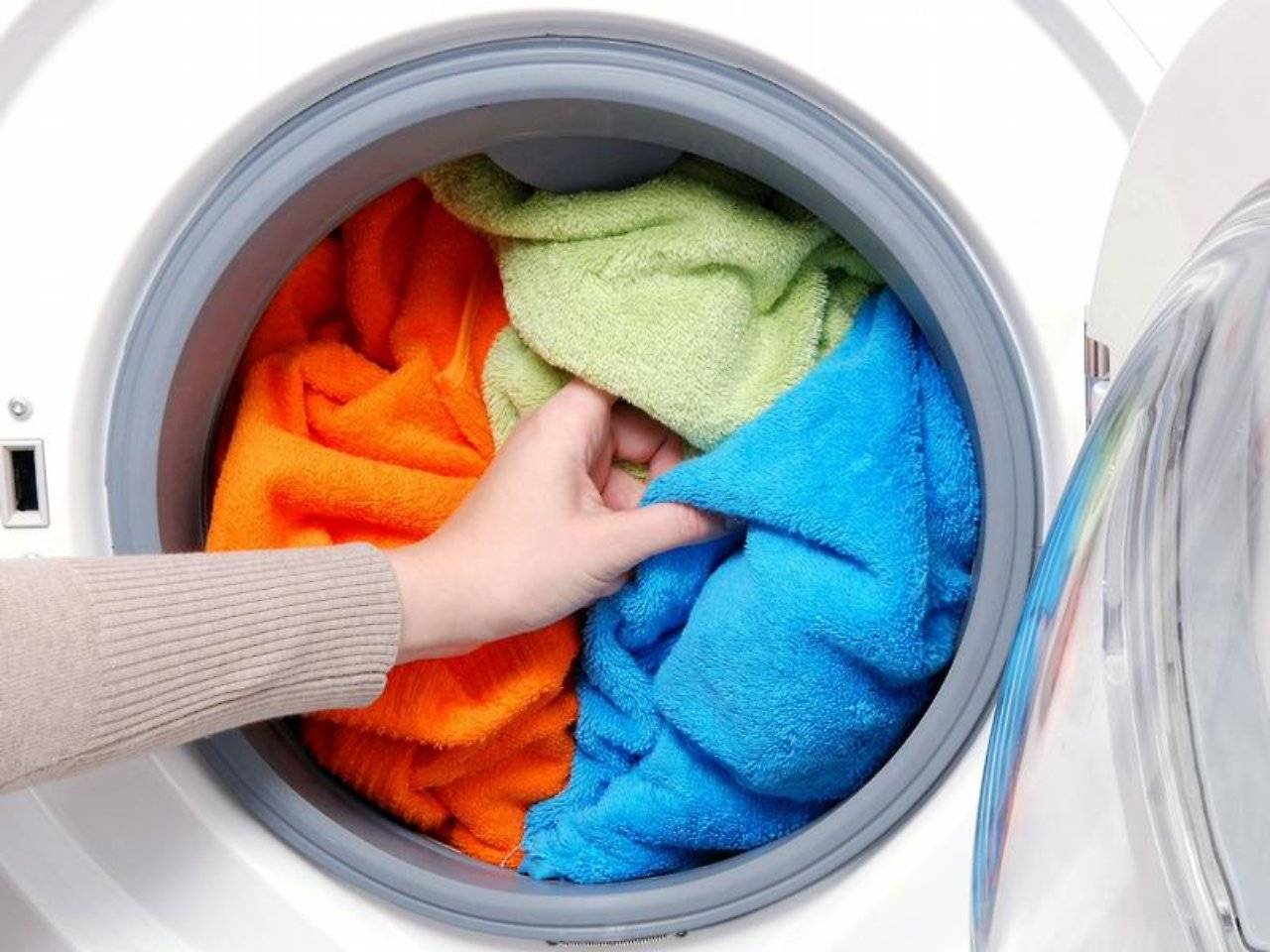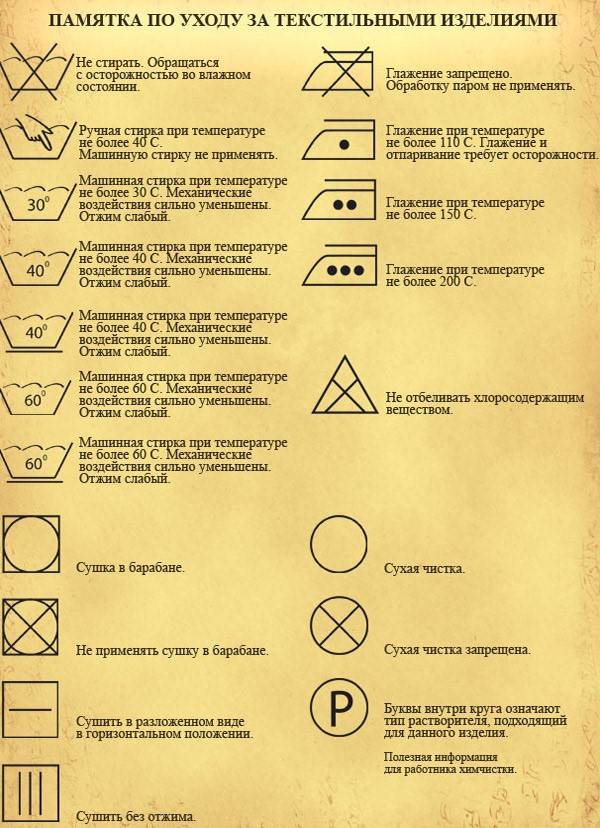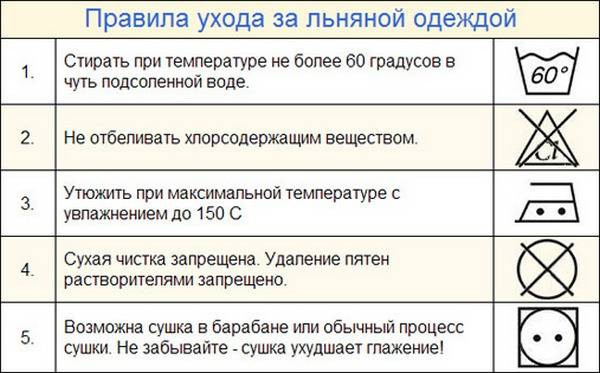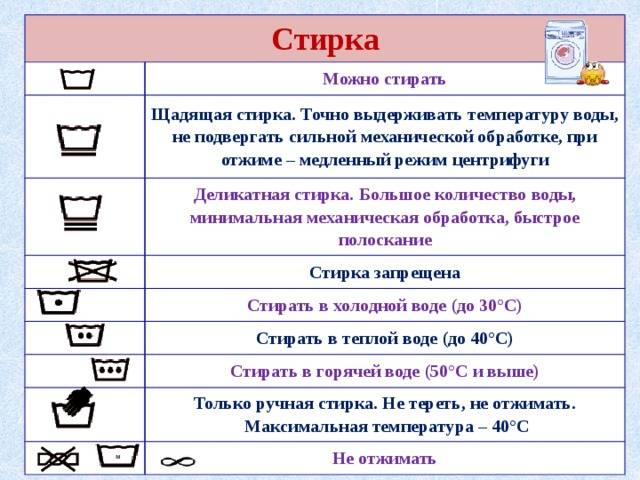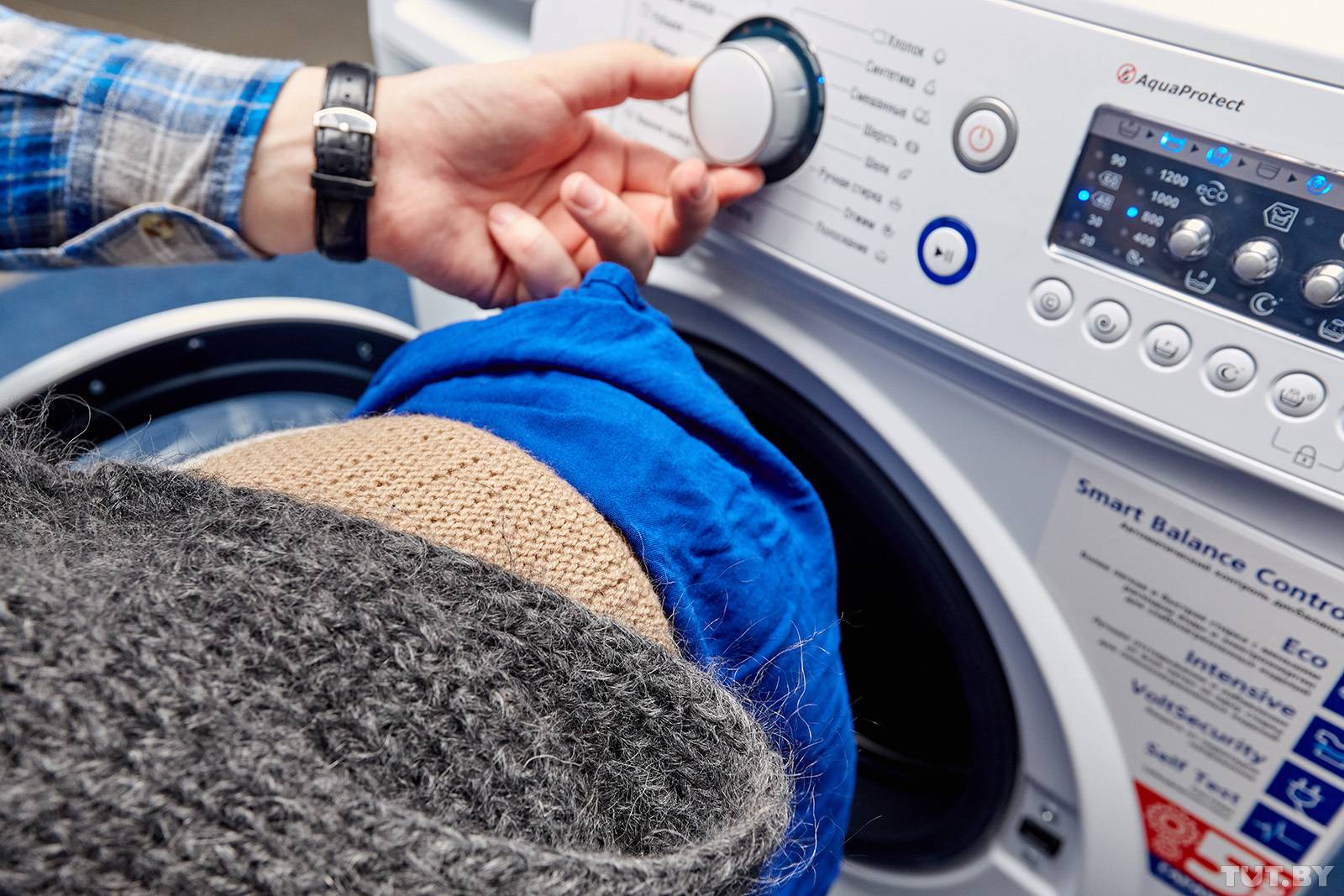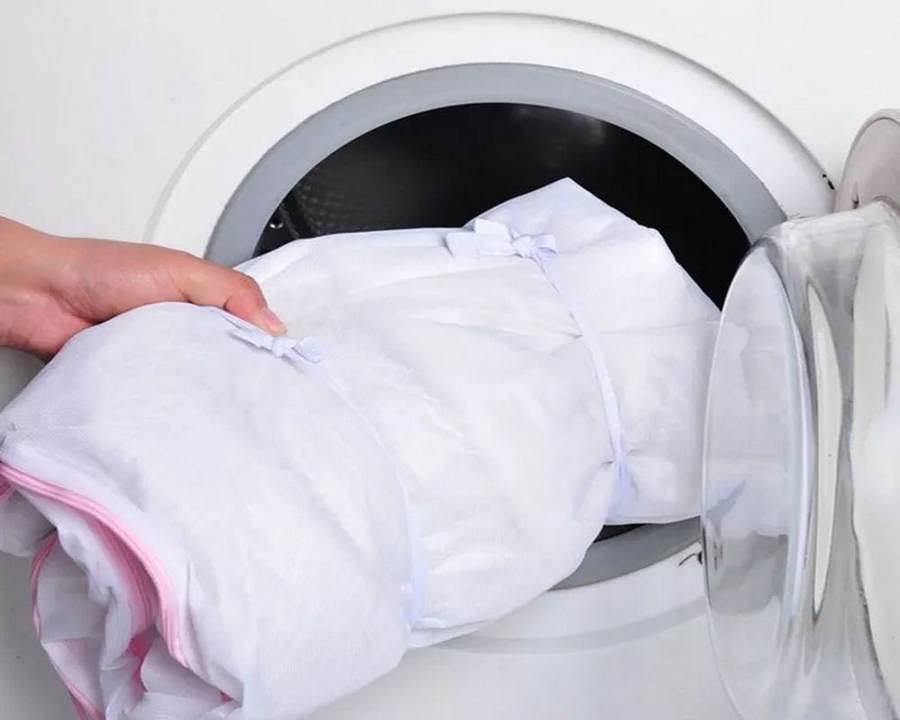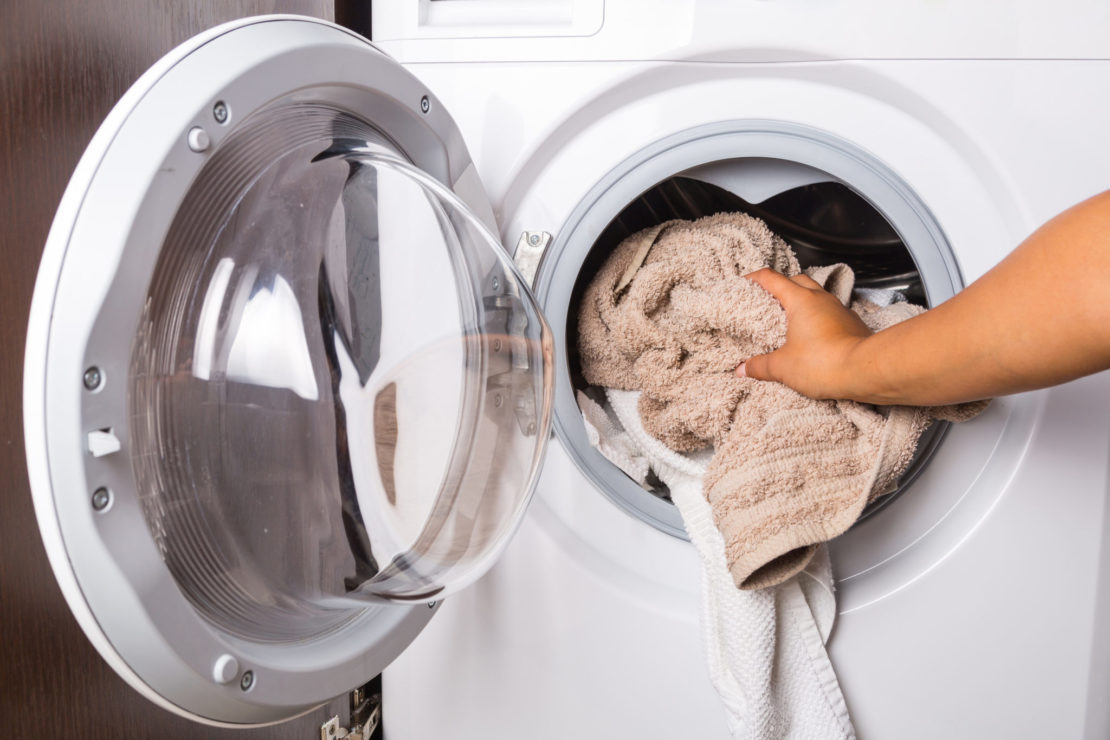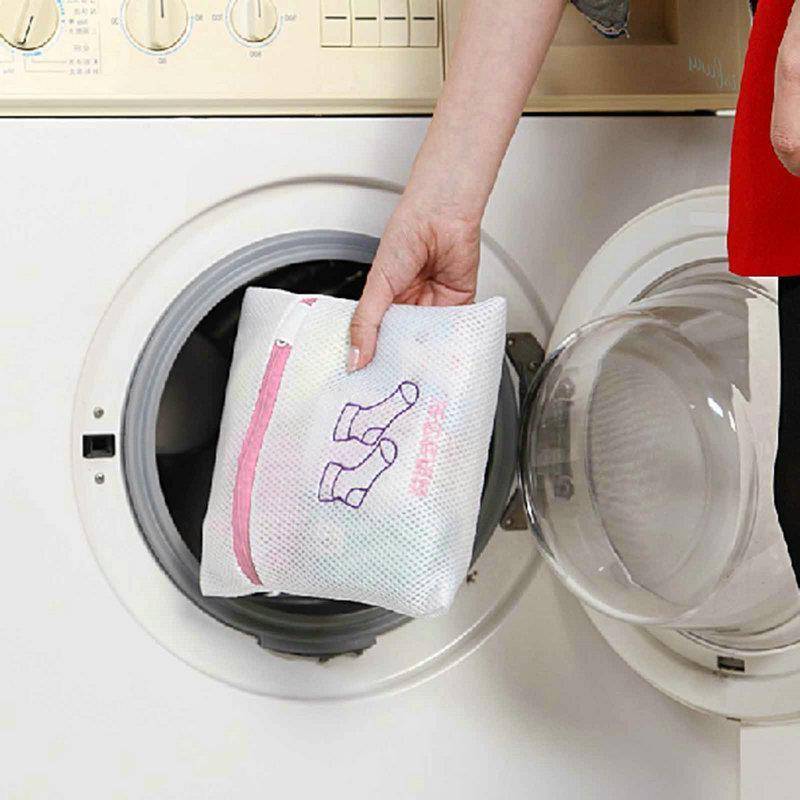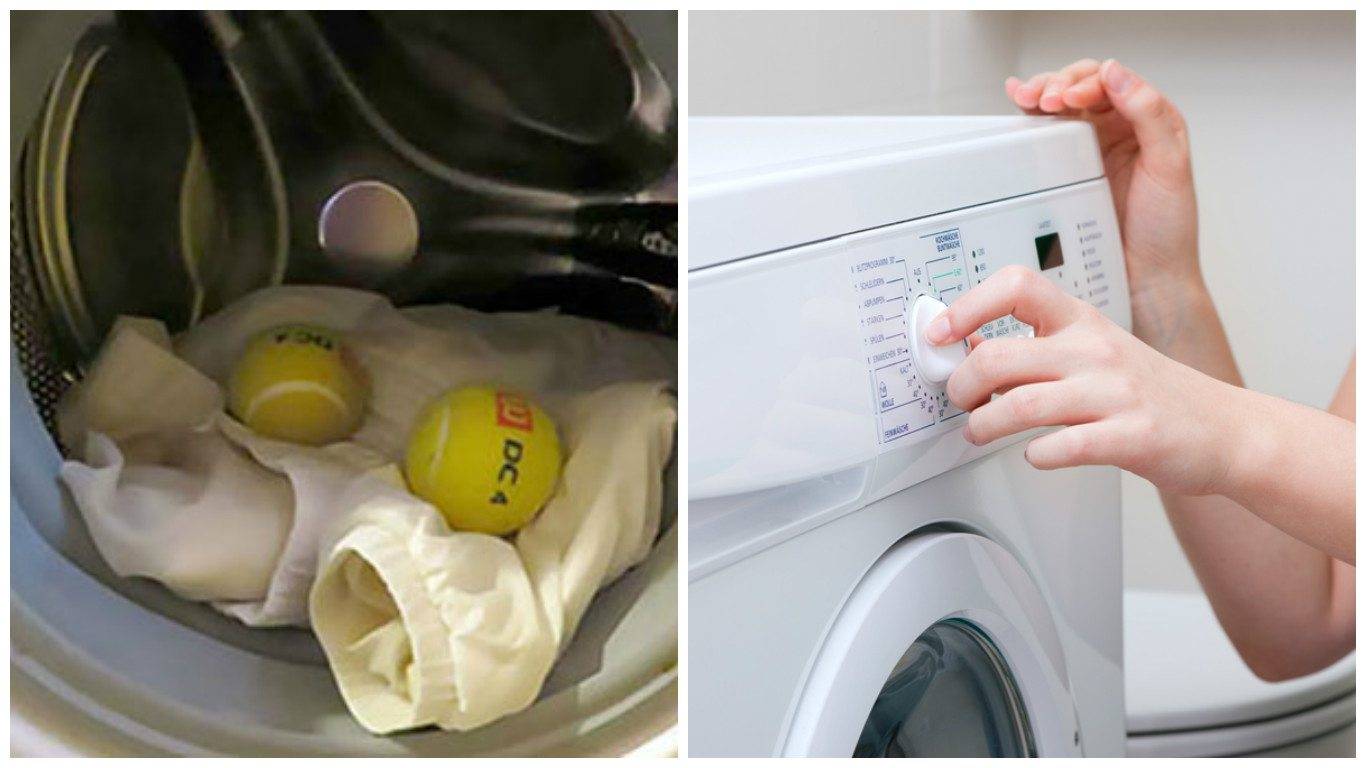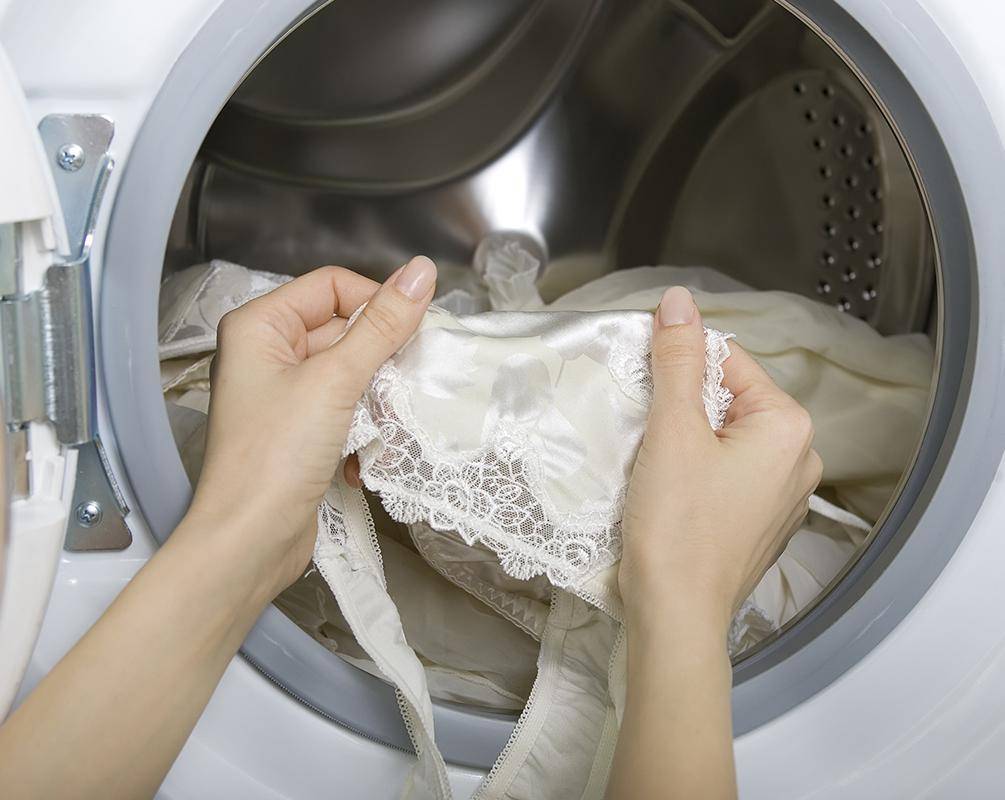What remedy to use
Have you decided to wash your bed linen or evening dress? Do not grab onto the first detergent you come across when it comes to such a delicate material. Silk in its composition is very similar to our hair, but it is even softer and thinner. Anything that can harm our hair will easily destroy it. You don’t wash your hair with something, if only the product is foaming? The same can be said about this aristocratic fabric!
Natural silk should only be washed in a neutral detergent. No powders with active substances or whitening effect, especially chlorine or alkali! Protect the fabric from enzymes that break down protein compounds, that is, silk itself, if it is, of course, natural. How to wash your favorite bedding? If you do not have a washing powder for silk fabrics, hair shampoo, baby soap, or regular toilet soap, but without various chemical additives, is perfect.
Do not be lazy to surround this aristocratic material with proper care. First, do not rush to wash silk bedding or other items made from this fabric with everyone else. Secondly, try to follow all the care instructions encrypted on a special label. Didn't find the label or can't understand the hieroglyphs on the label? Follow our advice!
So which is the best way to wash - by machine or by hand? Some experts are categorically against machine washing: delicate fibers are very afraid of mechanical impact. A silk scarf or your favorite bed linen after the first wash in an automatic machine may just creep in some places. With such an embarrassment, the threads cannot be glued together, and the fabric cannot be restored! In addition, silk can become tarnished, stiff and difficult to smooth.
Hand washing silk
According to the rules, things made from 100% natural silk are washed only by hand. Although modern models of washing machines have many programs and functions designed not only for ordinary but also delicate fabrics, most housewives still trust themselves more than technology. But even here you need to know some of the nuances. Knowledge of how to properly wash silk items by hand will help not to spoil an expensive item and keep its original appearance for a long time.
- Clean all stains and dirt before the main wash.
- Prepare a soapy water solution with mild detergents. Do not use powders, bleaches or other chlorine-containing products.
- The water temperature should not exceed 40 ° C.
- If the fabric is heavily soiled, it can be soaked for 15 minutes. We do not recommend leaving silk in water for a long time.
IMPORTANT! When washing, do not rub or wrinkle a silk product. The fabric may become deformed
Rinse silk in cold water. Finally, add some vinegar to the basin. It will help preserve the vibrancy and shine of the fabric.
Never twist or wring out the washed silk. All natural thin fabrics wrinkle easily, and with the use of force they are deformed. Therefore, it is better to simply hang the washed silk thing for a while so that water can be drained from it. Then you can lay it out to dry on a fold-out clothes dryer or hang on a plastic hanger.
It is important that the direct rays of the sun do not fall on the fabric and the thing is dried away from heating appliances.
Tip: If you want to iron your silk laundry, it is best to iron it while it is still damp. Silk can only be ironed from the wrong side and through a thin gauze fabric. The iron temperature should be set to the lowest setting.
Silk items are expensive and our favorite items.In order to preserve their original fresh appearance for a long time and extend their service life, it is necessary to adhere to all the rules for caring for this delicate material. Using our advice, you do not need to pay for dry cleaning services, and you can always wash silk properly yourself.
Handwash
- There is no need to wash silk every day: natural threads cleanse themselves in the fresh air. So hang your favorite evening dress or neckerchief in the breeze for a few hours. Such clothes very quickly part with the smells of cigarette smoke, sweat, urine.
- Silk fiber does not swell in water, so this material does not need to be pre-soaked. Wet fiber loses its strength, so do not rub or twist too much. In addition, silk has smooth fibers from which dirt is quickly removed. Use boiled water. The water temperature should be no higher than 40-45 ° С. If you are afraid that the bandana or bed linen may shed, reduce the temperature to 30 ° C. Whip the detergent into a cool lather and wash in it. Remember, the more water the better for the fabric.
- Then rinse first in plenty of warm water, then in cold water. For the last rinse, you can add a tablespoon of vinegar for every five liters of water. He loves colored bedding with acidified water: vinegar restores color, makes the drawing brighter and fresher. If you wish, you can add an air conditioner with an antistatic agent.
- If you find a stain, apply a special paste on it: mix the starch in a little water. Wait until the starch is dry, clean with a clothes brush, then you can wash the whole thing as usual.
- After rinsing, squeeze lightly, but do not twist too much.
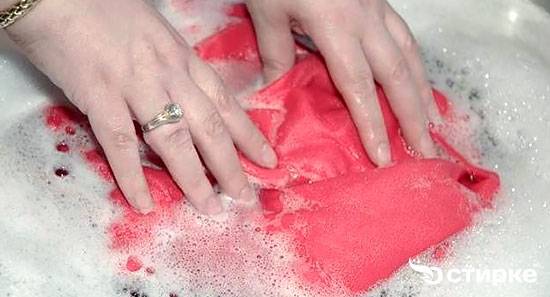
Hang bed linen so that the water is glass. Wrap small things in a dry terry towel and dry, as if wringing. After these manipulations, iron with an iron while the fabric is still damp. Iron on the wrong side at silk temperature. Steam the evening dress on the weight without touching the fabric with the sole of the iron.
Wear your silk outfit correctly, take care of it properly, and then after many years it will be able to please even your fashionista-granddaughter with its magnificent appearance!
Washing rules for silk products
Before you start washing silk clothes, you need to find out the basic recommendations regarding this hygiene procedure. You can familiarize yourself with them when examining the label, which is usually sewn to the seamy side of the product. To prevent silk clothes from shedding or stretching after washing, you will need to adhere to the following rules:
- Silk clothes can only be washed at a temperature not exceeding forty degrees.
- When washing, do not use aggressive agents that include chlorine, as well as active acids and alkalis.
- Silk products should not be actively rubbed or squeezed with your hands, trying to remove dirt as soon as possible. Such actions in ninety percent of cases lead to damage to delicate tissues.
- It is recommended to wash natural silk exclusively in boiled water.
- Rinse silk items with the addition of a special antistatic agent.
To wash silk successfully, the main features of the hygiene procedure in manual and automatic mode are listed below.
Expert opinion
Evgeniya Taran
It is worth considering! If you plan to sew a blouse or skirt from silk, wash and iron the fabric before opening.
Hand wash
Most housewives prefer not to use a washing machine to handle silk items. Consider how to properly wash silk by hand:
Fill a basin with cool water.
Add a special liquid or powder for washing, while you will need to make sure that the selected detergent is completely dissolved in the liquid.
Immerse silk linen or dress in the resulting solution, and leave for fifteen to twenty minutes.
After the specified time, pour fifty milliliters of alcohol into the soapy liquid, and again immerse the things in the basin.
Gently wrinkle the clothes with gentle movements.
Rinse washed items three to four times in cool water. At the same time, at the last rinse, it is recommended to add a little nine percent table vinegar.
This will help keep the batik or any other design on your silk in perfect condition.
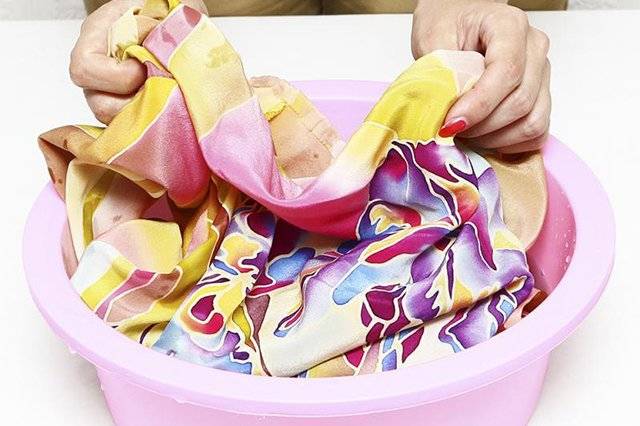
Washing in a washing machine
Contrary to popular belief, it is allowed to wash not only artificial silk, but also some products made from natural materials in the washing machine. Consider some rules that will help you do your laundry at home:
- Before washing silk products, you must put them in a special mesh bag, which will protect them from any mechanical stress.
- Only a special gel for washing delicate fabrics can be poured into the powder container.
- It will be necessary to set the "silk" or "hand wash" mode without fail.
- To prevent bedding or clothing from torn, it is necessary to wash them without spinning.
You can also auto wash your silk comforter. In this case, you must follow all the recommendations listed above. The only difference is that when washing, it is allowed to set the minimum spin speed. Also, so that the filler of silkworm fibers does not stray into lumps, it is better to load several tennis balls into the washing machine drum. Rinse the washed blanket in a mild vinegar solution.
How to hand wash at home
Before you start washing, you need to familiarize yourself with how to hand wash stained clothing.
Water temperature
Before you start washing clothes, you need to familiarize yourself with the optimal temperature of the water. Experts do not advise using liquid that is too hot, since silk does not tolerate high temperature readings. Therefore, the water must be heated up to only 30-40 degrees. If you heat it 10-20 degrees more, the material will begin to tear.
Choice of funds
There are several effective remedies that can help remove stains from silk items.

Silk detergent
Previously, only laundry soap was used for hand washing silk clothes, but now special products are produced for working with such material.
Use liquid detergents instead of powders, which are only suitable for heavy and rough fabrics. Liquid gels dissolve better in water and do not attack the silk material aggressively. At the same time, it is better to use the tools that are released by the most famous manufacturers.
Detergent-gel for baby clothes
If you need to wash your child's clothes, you will have to use a gel for washing children's clothes. These products contain ingredients that will help cleanse silk from dirty stains. Effective formulations include:
- "Eared nanny". Universal gel used for washing items from any fabric.
- Tortilla. It is used for cleaning clothes made of colored fabrics.
Borax solution for white fabric
White silk items are the most difficult to wash, as not all detergents can clean them. Experts recommend using sodium tetraborate. Its advantages include the fact that it does not damage the fabric and cleans it of dirt and absorbed greasy stains. To prepare a solution, add a tablespoon of the substance to a liter container of water.
Washing process
To prevent silk from shrinking after washing, you need to familiarize yourself with the features of cleaning it from dirt.
To begin with, dirty things are soaked in warm water for 5-7 minutes, after which a detergent composition is added to it. In this case, the water temperature should not exceed 35 degrees.You need to wash things carefully so as not to spoil them. It is contraindicated to use force, as this can accidentally tear the fabric.

Rinsing
After the end of washing, they are engaged in rinsing the washed silk items. Some people think that they should be rinsed in cold water, but this is not the case. Rinsing should be carried out in a liquid heated to 25-30 degrees. Some people add 40-50 milliliters of vinegar or an antistatic softener to a container of water while rinsing. This is done in order to better clean the fabric of dirt residues.
Silk must be wrung out carefully so as not to accidentally tear it. Do not twist it by hand or squeeze it out with a centrifuge.
Instead, place the washed item on a flat surface and gently press down on it with the palm of your hand.
Choosing a detergent
The main mistake when washing terry towels is the wrong choice of product. Many people use powders or detergent mixtures for cleaning, due to which the fibers of the fabric become clogged with hard particles, and it loses its softness. Therefore, it is better to wash any terry towels in the washing machine using gel products. They are completely washed out of the threads of the fabric and do not clog them, so as a result you will end up with soft and fluffy towels in the washing machine.
For expensive towels, you can choose a specialized gel with a softening effect, which contains substances that neutralize water hardness, which has a positive effect on the quality of washing. At the final stage - rinsing, it is worth turning on the conditioner, which will become an additional guarantee of gentle care. Prefer silicone rinse aid, but control the amount. At strong concentration, it envelops each fiber of the tissue, due to which it loses its absorbency.
If you don't have any gel on hand, you can use baby or wool powder, and then pass the towels through a double rinse. It is worth noting that it is strictly forbidden to use ambrasive or chlorine-containing products in cleaning, even if you are washing a white towel.
Considering these recommendations, it is worth noting the main points. When caring for terry towels, you should avoid aggressive cleaning: they cannot be washed or used for long periods in the washing machine, or exposed to high temperatures. The more carefully you treat them, the longer they will retain their original appearance and softness.
How to wash properly?
loading
The device must not be completely tamped with things. Cotton can be used to fill a full drum, synthetic can fill half of it, woolen can fill a third.
The machine must not be overloaded or loaded with things, otherwise the equipment will quickly wear out and prematurely end its service.
During washing, large items are unevenly distributed in the washing machine, causing vibration. That is why large clothing should be loaded with small clothing.
The laundry must be placed in the drum not in a pile, but in a flattened form.
Wardrobe items that are too small and delicate are best placed in mesh bags before washing. This will preserve the integrity of the items and prevent them from clogging in the space between the drum and the tub.
Before loading clothes, be sure to check their pockets for foreign objects.
Temperature
Washing machines have different temperature settings because different fabrics and colors need different temperature levels:
- Cold water (below 30 ° C). This temperature is suitable for delicate materials such as wool, silk, lace, etc.
- Warm water (30-40 ° C). This water is ideal for everyday washing of almost all types of fabrics.
- Hot water (40-60 ° C). This temperature is designed to remove stubborn stains.This water can be used to wash linen, baby clothes, towels, work clothes, etc.
- Boiling water (95 ° C). This temperature is suitable not only for washing essential dirt, but also for disinfecting clothes. It can be used to wash things of people with skin diseases or newborns, toys, as well as medical products such as dressings, underwear, etc.
Modes
As with temperature, washing machines have different types of modes:
- daily wash (this mode can be used if the drum is not completely filled, it is great for washing coarse fabrics);
- cotton;
- synthetics;
- hand wash (the most delicate wash mode);
- gentle wash (suitable for delicate synthetics or microfiber);
- prewash (applied before washing very dirty clothes);
- economical wash (the time of such a wash is longer in comparison with other modes due to its low intensity, which saves electricity and water);
- wool;
- intensive wash (the time of such a wash is short, it is suitable for thick fabrics that will not be damaged by a high temperature level).
How to carry out the procedure correctly?
Is it possible to wash a padded polyester jacket, including in a washing machine? Yes, but there are a number of general rules that are specific to manual and machine methods. Let's list them.
- Before washing a padded polyester "down jacket", even in a washing machine, you must carefully study the information indicated on the label from the manufacturer. It indicates the temperature, drying methods and mode.
- You need to see what material the product is made of. It can be made of glued padding polyester, of fibers that are interconnected with an adhesive. Such a thing is lush, it is not recommended to wash it, as it may lose its original appearance and then it can be used for home wear.
If the synthetic winterizer is needle-punched or thermally bonded, then you can wash it both in the washing machine and by hand. The synthetic winterizer does not fall off and does not hesitate.
- It is necessary to fasten buttons, zippers, clasps.
- You need to turn the clothes inside out.
- It is necessary to unfasten fur inserts, belts. If they are sewn on, then you need to rip them off.
- You need to check your pockets, as they may contain foreign objects.
- You need to rub all problem areas with laundry soap - pockets, collar.
- You need to look at the seams of the thing, if they have a defect, you need to immediately repair the jacket.
- Before washing, the surface of the jacket should be checked for stains. If there is, then they need to be washed or stains removed with special means. For greasy stains, use dishwashing detergents. They also use stain removers.
- Protect the jacket from contact with industrial solvents and paints, as it can lose or change its color.
- We do preliminary soaking. It is recommended to do this on rare occasions when there are many stains. And so, soaking is not required, since the fabrics from which the jackets are sewn are easily washed.
- The washed jacket must not be twisted.
- After washing, we first hang the product on a hanger.
- When the water drains off, place it on a horizontal surface, such as a table or clothes dryer.
- Do not hang a damp item in the closet, as it will have an unpleasant specific smell, and mustiness may appear.
What can you use? Let's look at this issue below.
How to iron viscose fabric
In conclusion, we will give general rules so that you finally understand how to wash viscoseso that it does not sit down, stretch and lose its shape in some other way:
- Viscose fabric, which contains acrylic or wool, should be washed only in cold water, otherwise the thing will inevitably shrink by 1-2 sizes;
Rule # 8. Viscose clothes should not be worn wet - they will stretch out.For the same reason, they are not dried with vertical steamers.
-
- If you want to freshen up the color of the dress, add a teaspoon of vinegar (9%) to the rinse water;
- The polyester in the viscose fabric makes it smooth and shiny. However, the slightest defects are strongly visible on it, for example, puffs, spots, pellets quickly appear. Such things need to be washed by hand or in an automatic machine in a case;
- Wool adds softness to the fabric, it is pleasant to wear on the body, however, due to improper washing, pills can appear on it. Before the procedure, clean the thing with a sticky roller, remove lint, top dust;
- The addition of elastane allows the fabric to stretch well, but as a result of improper washing and drying, the thing can hopelessly lose its shape. Eliminate coarse pressing and vertical drying;
- Thanks to the cotton in the composition, the viscose wrinkles a lot, but smoothes well. Such fabric is considered hypoallergenic.
Read on to find out how to remove the gum from your trousers.
Rule # 10. As a rule, viscose fabric does not shed, but burns out under the influence of sunlight. Moreover, it burns out ugly - with spots. Dry your clothes in a ventilated area with diffused sunlight.
You need to take good care of viscose so that you don't have to buy a new dress every time.
Therefore, special attention should be paid to drying and ironing. Drying:
Drying:
- It is carried out in a horizontal position. Place the garment on a terrycloth towel. Squeeze out excess moisture. Change to a dry towel and leave to dry. Flip clothing periodically.
- Can be hung on a hanger. Only you need to use a wooden product. Metal hangers can leave rust on clothing.
- The fabric wears out faster when exposed to ultraviolet light.
Steaming will have a negative effect on the material. It is not advisable to use this function.
- Place the washed items on wooden or plastic hangers so that the glass can be filled with water. You should not take metal ones - traces of them remain.
- You can unfold and flatten the product on a plane, so it will definitely not deform.
- A towel or folded sheet can help remove excess moisture. The blouse is placed on a towel and rolled into a roll with gentle pressure. Thus, it will be possible to avoid deformation.
- A hot tumble dryer and washer dryer cannot be used. As well as drying wet clothes on batteries or active sun. Exposure to high temperature viscose causes deformation and shrinkage.
- To dry, garments with a high viscose fiber content should be smoothed by hand on a flat surface.
Ironing any wardrobe item or home textiles made of natural cellulose should be according to the following recommendations.
- The operation should be carried out exclusively from the seamy side.
- Turn on the iron at low heat.
- Iron the elements and decor on the front side through cheesecloth.
- Do not use a steamer and local humidification from a spray bottle. Hot steam makes clothes stretch.
- If moisture is needed, use damp gauze and iron through it.
How to dry, iron and care for silk
Do not dry the laundry in the following way after washing:
- Dry dresses on a thin line of clothes. This will lead to the formation of creases.
- Dry by hanging clothes on clothespins.
- Use heaters.
- Keep out of direct sunlight.
It is best to dry these items by placing them on a surface that is well absorbent (a towel).
When ironing silk, follow the rules:
- Do not iron silk using warm steam iron, this will stretch the fabric.
- When using a "steamer", do not bring it too close.
- When using an iron for ironing delicate fabrics, use the special mode (avoid high temperatures).
- Iron silk linen slightly damp. Do not let it dry completely, it is not recommended to wet clothes just before ironing.
- When ironing, turn the garment inside out or cover it with another cloth.
Care Tips:
- Try to wash items only as needed.
- To remove dirt, it is better to contact a dry cleaner.
- When washing, it is better to use detergents for children's clothes. They contain softer components that do not damage the fabric.
- Do not wring out the clothes after washing.
- To ensure whiteness, you can soak products from time to time in water with the addition of vinegar or hydrogen peroxide.
How do you care for your garment to keep it soft and fluffy?
- Terry items are most often made of cotton. These textiles should be washed immediately after purchase. This will help get rid of the remnants of dust that got on the product during manufacturing and transportation, keep it soft, shape and color longer.
- It is best to dry textiles in the machine drying mode, but if there is none, then in a well-ventilated room with an air humidity of at least 20. If, after the towel is washed, it can be held in salted water for 20 minutes, and then rinsed, will become even softer and fluffier.
- If small puffs appear on the textiles, they can be cut off. This will not damage the towel as it is woven and not tied.
- Do not throw used towels into the dirty laundry basket. Terry textiles absorb odors and may become moldy and ruin. Better dry the product, and then send it straight to the washing machine.
- To preserve the softness and color of the products, it is worth abandoning aggressive agents for getting rid of dirt, as well as bleaching powders. It is worth using bleaching agents only if absolutely necessary.
- Avoid contact of the towels with facial cleansers, they can leave discolored stains on the product, thereby ruining it.
- Do not wash colored and white towels together, colored towels can transfer their pigment, which will ruin the appearance of white products.
- Do not leave wet products folded, this will ruin their appearance, it is better to dry terry products after each use, this will extend the service life.
Determination of the type of fabric and their features
The composition of the fabric from which the T-shirt is made can often be found on the tag. Also on the label there is information about recommendations for the care of the thing, including how the material is allowed to be washed. The temperature and washing method are selected depending on the fabric.
Cotton fabric
Cotton T-shirts are some of the most common. Such fabric is washed in water no higher than 40 degrees to prevent material shrinkage. It is easier to clean fresh dirt, in contrast to old stubborn stains, so it is better to wash a thing made of such material often.
Cotton with Lycra
Often T-shirts are sewn from cotton with the addition of lycra, this allows you to achieve a close-fitting effect. Such clothes cannot be washed in water hotter than 40 degrees, and the material should not be rubbed too much. It is impossible to squeeze the fabric strongly, and this is not required, because natural cotton with the addition of lycra dries very quickly.
Wool
T-shirts made from wool only need to be hand washed just like other woolen items. Machine wash may shrink fabric. The temperature is chosen no higher than 30 degrees.
Jersey
Jerseys, especially those made from thin fabrics, stretch strongly and may lose their shape if washed incorrectly. To preserve your favorite thing, wash it only very carefully in the manual mode, and dry it horizontally.
Linen
If you wash your linen T-shirt at temperatures above 40 degrees, the fabric can become rough to the touch. In order to wash such a thing, it is previously soaked for an hour in a solution of water, liquid detergent and a small amount of vinegar. Squeeze the flax without twisting it.
Silk
Natural silk is washed in a soap solution of 30-40 degrees.Better to use a neutral, unadulterated detergent, baby soap, or a special silk detergent. To preserve the bright colors, the silk T-shirt is rinsed first in warm, then in cool water.
Atlas
Satin items, like silk, can be washed in water heated to 30-40 degrees. The T-shirt is immersed in soapy water for 5 minutes, after which it is gently washed and rinsed thoroughly in clean cool water. It is forbidden to squeeze and twist the satin fabric - this causes creases.
Synthetics
Washing at high temperatures is strictly contraindicated for synthetic T-shirts - this causes things to deform. For this reason, such material should be washed more often, without waiting for heavy contamination. Stains should not be rubbed strongly; during wringing, the clothes are not twisted, but simply allowed to drain.
Viscose
A viscose T-shirt is soaked in a soapy solution at a temperature of 30-35 degrees, gently crumpled and stroked the material, trying not to damage the fragile fibers. It is impossible to squeeze and twist strongly, instead of wringing, the thing is slightly shaken, which makes it possible to get rid of excess moisture.
How to machine wash tulle: rules and recommendations
The basic requirements that you need to know in order to properly wash the tulle include the paramount parameters: the correct temperature (depending on the material), the composition of the cleaning agent (it must be gentle, since a powerful bleach can damage the structure of the delicate tulle). To get the most out of the unsurpassed whiteness, you will need to include some cleaning aids in your wash. Also, you need to find out if machine wash is allowed for your specific curtains, or you need to use only hand wash.
Information on the recommended washing mode can be seen on the curtain label in the form of symbols
Each symbol indicates a particular mode of washing, ironing or drying the fabric.
After washing, there are a number of subsequent activities, which include drying, steaming with an iron. These requirements are usually set by the manufacturer himself, and include them in the recommendations / instructions that come with the product. However, if you do not have this (especially if the curtains are not factory-made), then you will need to wash according to the general rules.
General recommendations for washing in an automatic machine
If your curtains are not factory-made, but of your own tailoring, or there are simply no recommendations attached to them, the procedure below will be very useful for you. We will consider the rules in relation to specific types of materials, and tell you what nuances should be observed in this or that case.
-
Organza tulle - it is recommended to wash it exclusively on your hands. If this is not possible at all, use the washing machine, but only in the delicate wash mode, at the obligatory water temperature - no more than 30 degrees. Avoid any mechanical impact: the material is extremely delicate, do not twist or squeeze it. Ironing is allowed only with a warm iron.
-
Polyester - can be washed in the normal cycle (everyday wash cycle), at a temperature of 40 - 60 degrees. Ironing through a slightly damp cloth, not with a hot iron (moistening is necessary).
-
The veil is almost as delicate as organza. Requires especially careful handling. You can iron such curtains only through a cotton or gauze cloth (preferably through a cloth soaked in water).
-
Nylon tulle is the least whimsical material. Calmly tolerates washing in a washing machine on a daily basis, at a temperature of 60 degrees. However, it is better to refrain from chemical bleaches.
The nuances of machine wash
Compared to hand washing, machine washing is the least labor-intensive and simplified option.Another plus in favor of the indisputable advantages of automatic washing is that you yourself can adjust and adjust any parameter, depending on your needs, material and other things. And such a charm as "delicate wash" - simplifies the process of handling delicate materials, moreover. Thus, you can machine wash any type of tulle.
The delicate mode in the washing machine is a special program of gentle care for delicate fabrics
During this wash, the drum fills with a large amount and rotates smoothly, minimizing the risk of damage to the fabric
Sequencing
Before placing your curtain in the drum of the washing machine, we recommend that you pre-soak it, in the same way as you would do it by hand washing. The fabric is densely covered with dirt, it is better to soak and rinse it several times.
For thin and expensive tulle, it is better to use a liquid detergent for delicate fabrics, which is designed for a low temperature and rinses well
For washing lace material with openwork, there is a special bag where you can put your curtain, and not worry about its safety. To do this, the tulle must be carefully rolled up, put in a bag, and the bag must be placed in the drum of your washing machine.
A special bag will not interfere with washing, but it will save delicate fabric
Next, we set the delicate wash mode to the required temperature of 30 degrees. If the material of your curtains is made of natural ingredients, then it can be washed as usual, with a water temperature of 40 to 60 ° C. If possible, set an additional rinse, but without spinning.
To achieve the best whiteness effect, you need to mix a little blue color or oxygen-based bleach (always without chlorine) into the washing powder.
Spinning is also undesirable - you just need to hang the washed tulle, let the water drain, and leave it like that until it dries completely.

